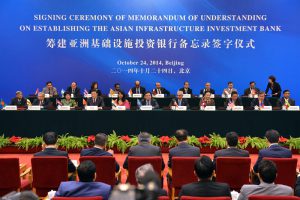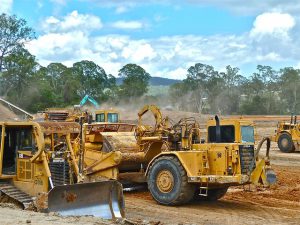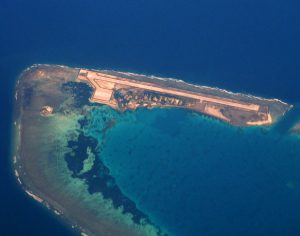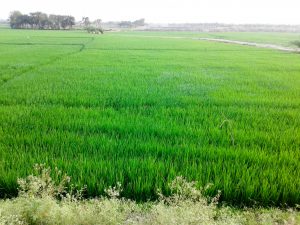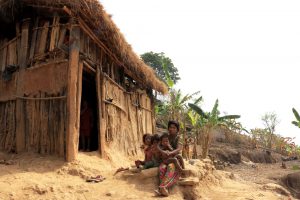Representatives from 57 countries, journalists, industry experts and civil society leaders gathered in Beijing on 25-26 June for the first annual meeting of the Asia Infrastructure Investment Bank (AIIB).
This was the bank’s first weigh-in, where its first six months of progress since launching in January would be judged by stakeholders and engaged parties. Of keen interest to many were the AIIB’s green credentials.
Following the bank’s launch in January, its president, Jin Liqun, outlined an aspiration for the bank to be “lean, clean and green.” It is a goal, though currently only loosely formulated, of critical importance.
Because the AIIB has a mandate to fund large scale infrastructure in a number of developing countries around the world, the extent to which these projects are environmentally sound will have a long term impact on the future environment and development of those countries.
See also: China’s AIIB and ‘One Belt One Road’: ambitions and challenges
So, how much progress has the AIIB made towards meeting its “lean, clean and green” aspirations? Two key concerns stick out.
First, the bank has not yet articulated an energy strategy that would support a transition away from dirty and unsafe energy sources, such as coal and nuclear power, to clean energy. Just this week the International Energy Agency released a poignant reminder of the need to transform the world’s energy mix, linking fossil fuels to 3 million deaths every year.
In addition, with countries such as China already committed to reducing greenhouse gases as part of the Paris Climate Agreement, it remains unclear how the bank can claim to be green, without a clearly articulated strategy to address climate change.
Second, the bank’s current interim public information policy, which details how transparent the bank would be and how the public could access information, is inadequate compared to international standards. For example, the international best practice of providing a clear protocol on public engagement and feedback, and a grievance mechanism for affected communities to raise concerns, were both absent from announcements of the bank’s first four projects.
At the annual meeting, the AIIB committed to continue to engage with civil society. But this is not enough. Despite the welcome development that civil society was invited to attend the annual meeting, the need for action matching the rhetoric of the bank’s public statements remains.
The good news is that there is much that the bank can learn from the past experiences of other multilateral development institutions, which can help it leapfrog incumbent players and set new standards.
For example, Greenpeace has submitted an analysis of environmentally and socially problematic infrastructure projects funded by other multilateral development banks to the AIIB. Our analysis suggests that typically it is not the lack of environmental policies, as much as it is a failure to implement those policies, which is the key cause of the problems. And therein lies the opportunity for the AIIB to learn from failure and ensure that its environmental policies are effectively enforced from the get go.
Other NGOs have much to contribute as well. Some have already done detailed risk analysis of the projects the AIIB have approved. Others have made concrete suggestions as to how the conversation between the bank and civil society could be facilitated and formalized through an improved public information policy.
This ongoing dialogue between the bank and civil society is of vital importance if the AIIB is sincere about its “lean, clean and green” aspirations. Civil society, and the diverse expertise and opinions it represents, can hold the bank accountable, keep it well informed and ensure that its policies are kept up-to-date and relevant to the local communities that they aim to support.
All this is not to make light of what the bank has achieved in its first six months. Important processes and policies have been developed, key staff functions have been filled and the infrastructure of what a development bank needs to operate is coming together; and the bank’s inaugural batch of projects have been announced. But much more work remains.
By drawing on the lessons learned from previous development bank experiences and the wealth of expertise in the civil society community, the opportunities for the bank to fulfil its aspiration to be the first truly global lean, clean and green multi-development bank are there for the taking. The AIIB should seize the opportunity.

